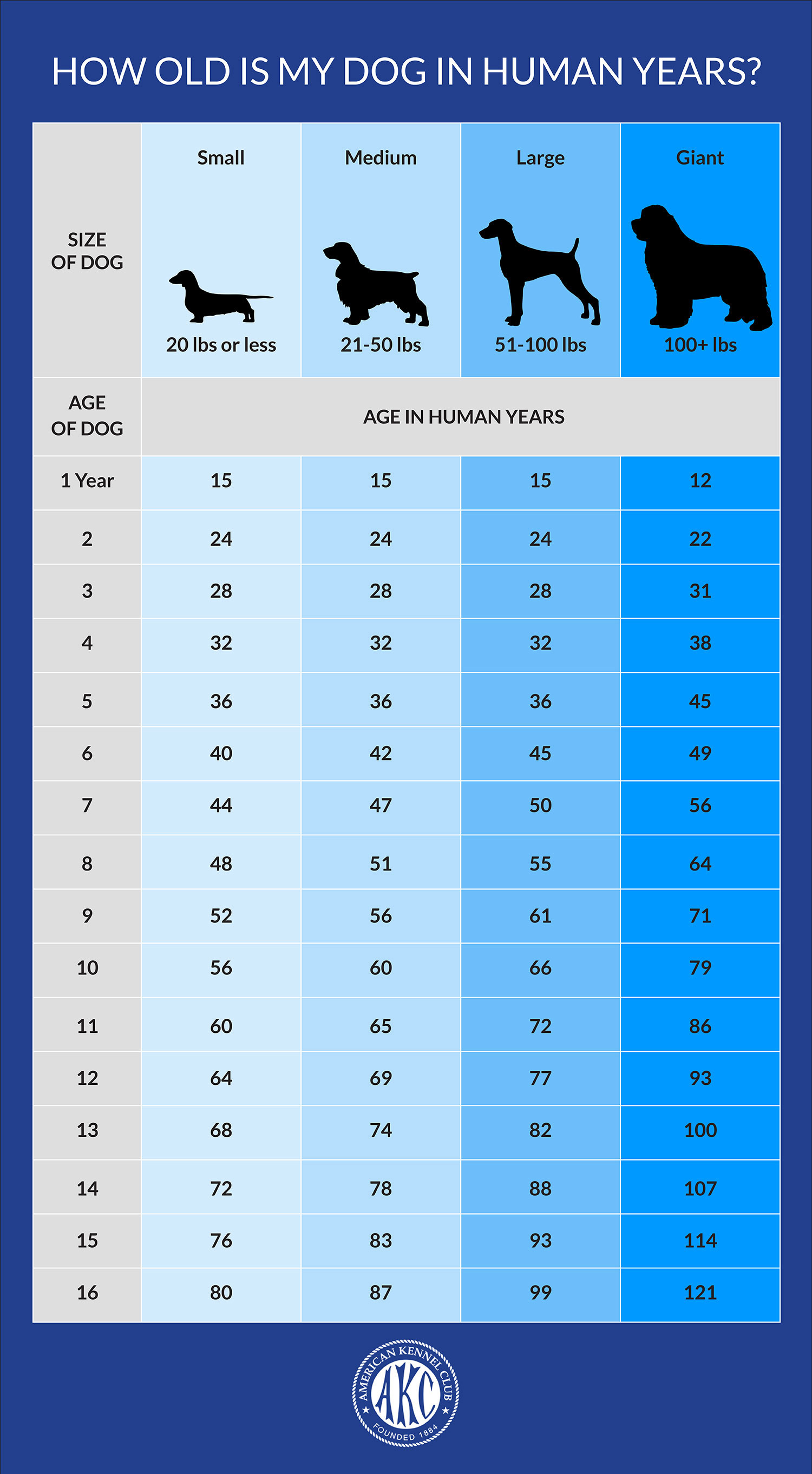According to studies, it’s not just 7 times your dog’s age!
Kelly M Cassidy from Washington State University compiles studies about longevity in dogs, and she says that there just isn’t a hard and fast rule around the 7 year calculation, even though it’s been around since the 1950s. Initially it’s believed that the 7 year rule was calculated on the basis that the average life expectancy for humans was 70 and the average life expectancy for dogs was 10 years, so 7 years to every human year. Another theory was that the rule was a veterinary marketing ploy to get people to bring their dogs in once a year for a health check – a bit cynical really.
In actual fact, calculating your dog’s age is a bit more involved than just times seven. There are factors involved such as size and age. To simplify:
- The first year of a medium sized dogs life equates to 15 years
- Year two is about 9 years
- Following years equate to roughly 5 years
But that’s just for a medium-sized dog. Smaller dogs tend to live longer than larger dogs, and scientists have been baffled by this phenomenon for years; yet to explain the relationship between body mass and lifespan in dogs. This is especially curious given that larger mammals, such as elephants and whales, tend to live longer than smaller mammals such as mice. So why do dogs buck this trend?
Well, that’s not an easily answered question. Whilst scientists have yet to explain this phenomenon, they do conclude that every 4.4 pounds of body mass reduces a dog’s life expectancy by about a month.
But whatever age they are, they’re always fun to be with. From the energetic “toddler” puppy to the distinguished, grey haired old man…we love them all and wouldn’t be without them.
Here’s a quick guide from the American Kennel club to help you calculate your dog’s age in human years.


